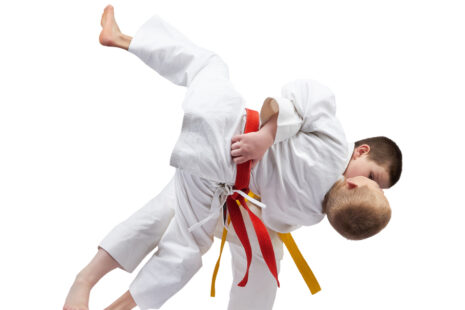Distinguishing between a rotator cuff injury and tendonitis (also known as tendinitis) can sometimes be challenging because they share similar symptoms and can occur concurrently. However, there are key differences in their causes, underlying mechanisms, and diagnostic features that can help differentiate between the two conditions.
Here’s how you can tell the difference between rotator cuff injuries and tendonitis…
- Location of Pain
- Rotator Cuff Injury – Pain with a rotator cuff injury is often localized to the shoulder joint and may radiate down the arm, particularly along the side of the upper arm. The pain may worsen with specific movements, such as reaching overhead, lifting objects, or rotating the arm.
- Tendonitis – Tendonitis typically causes localized pain and tenderness directly over the affected tendon, rather than deep within the shoulder joint. The pain may worsen with movement or activity involving the affected tendon, such as lifting, reaching, or stretching.
- Nature of Pain
- Rotator Cuff Injury – Pain associated with a rotator cuff injury is often described as deep, dull, achy, or throbbing and may be accompanied by feelings of weakness or instability in the shoulder joint. The pain may be present at rest but typically worsens with movement or activity.
- Tendonitis – Pain from tendonitis is often characterized by a sharp, stabbing, or burning sensation that worsens with movement or activity involving the affected tendon. The pain may be most noticeable during specific movements or positions that place strain on the tendon.
- Onset and Duration
- Rotator Cuff Injury – Rotator cuff injuries can occur suddenly due to trauma or overexertion (acute injury) or develop gradually over time due to repetitive strain or degenerative changes (chronic injury). Symptoms of a rotator cuff injury may persist or worsen over time if left untreated.
- Tendonitis – Tendonitis typically develops gradually as a result of repetitive movements, overuse, or poor biomechanics. Symptoms may come and go or worsen with certain activities but often improve with rest or modifications to activity levels.
- Mechanism of Injury
- Rotator Cuff Injury – Rotator cuff injuries can occur due to traumatic events, such as falls, collisions, or direct blows to the shoulder, or as a result of repetitive strain, overuse, or degenerative changes in the tendons over time.
- Tendonitis – Tendonitis is commonly caused by repetitive movements or activities that place excessive strain on the tendons, leading to inflammation, microtears, or degeneration. It may also result from sudden increases in activity levels or improper biomechanics.
- Diagnostic Tests
- Rotator Cuff Injury – Imaging studies such as magnetic resonance imaging (MRI) or ultrasound may be used to visualize the rotator cuff tendons and assess for tears, inflammation, or other abnormalities.
- Tendonitis – Diagnosis of tendonitis is typically based on a physical examination, assessment of symptoms, and medical history. Imaging studies may be ordered to rule out other conditions or assess the extent of tendon damage.
It’s important to consult with a healthcare professional, such as a doctor or physical therapist, for an accurate diagnosis and appropriate treatment recommendations if you are experiencing shoulder pain or dysfunction. They can perform a thorough evaluation, conduct diagnostic tests as needed, and develop a personalized treatment plan to address your specific condition and symptoms.




